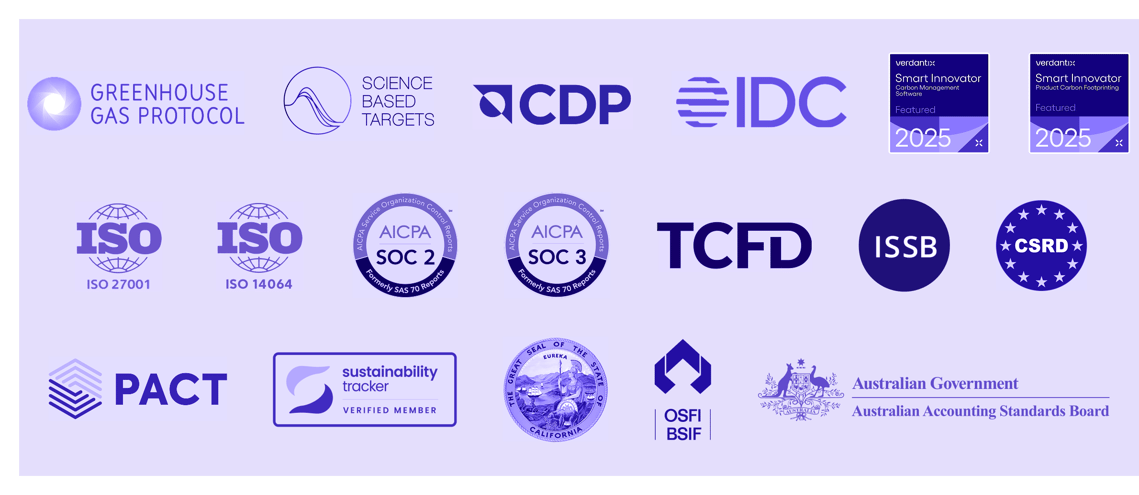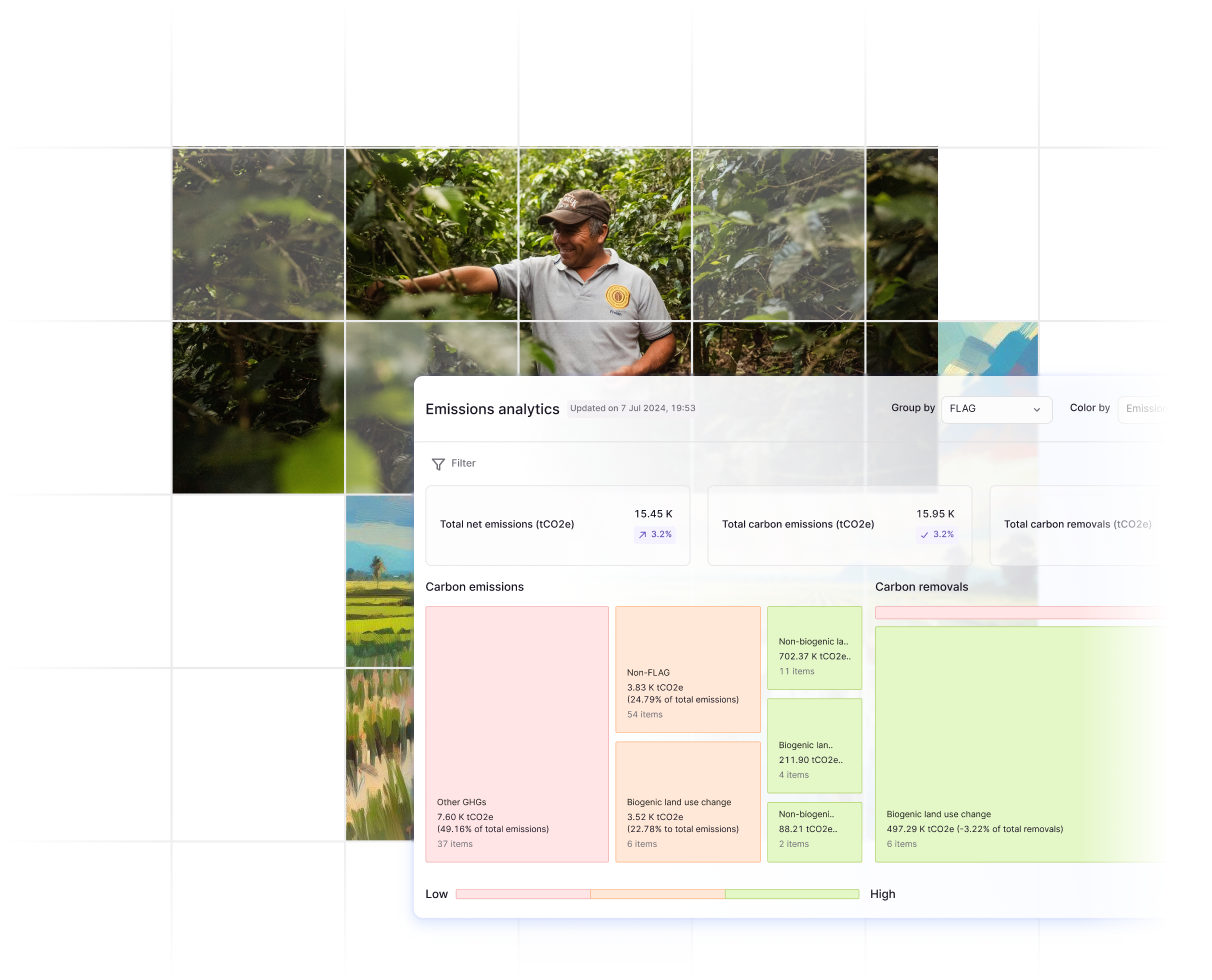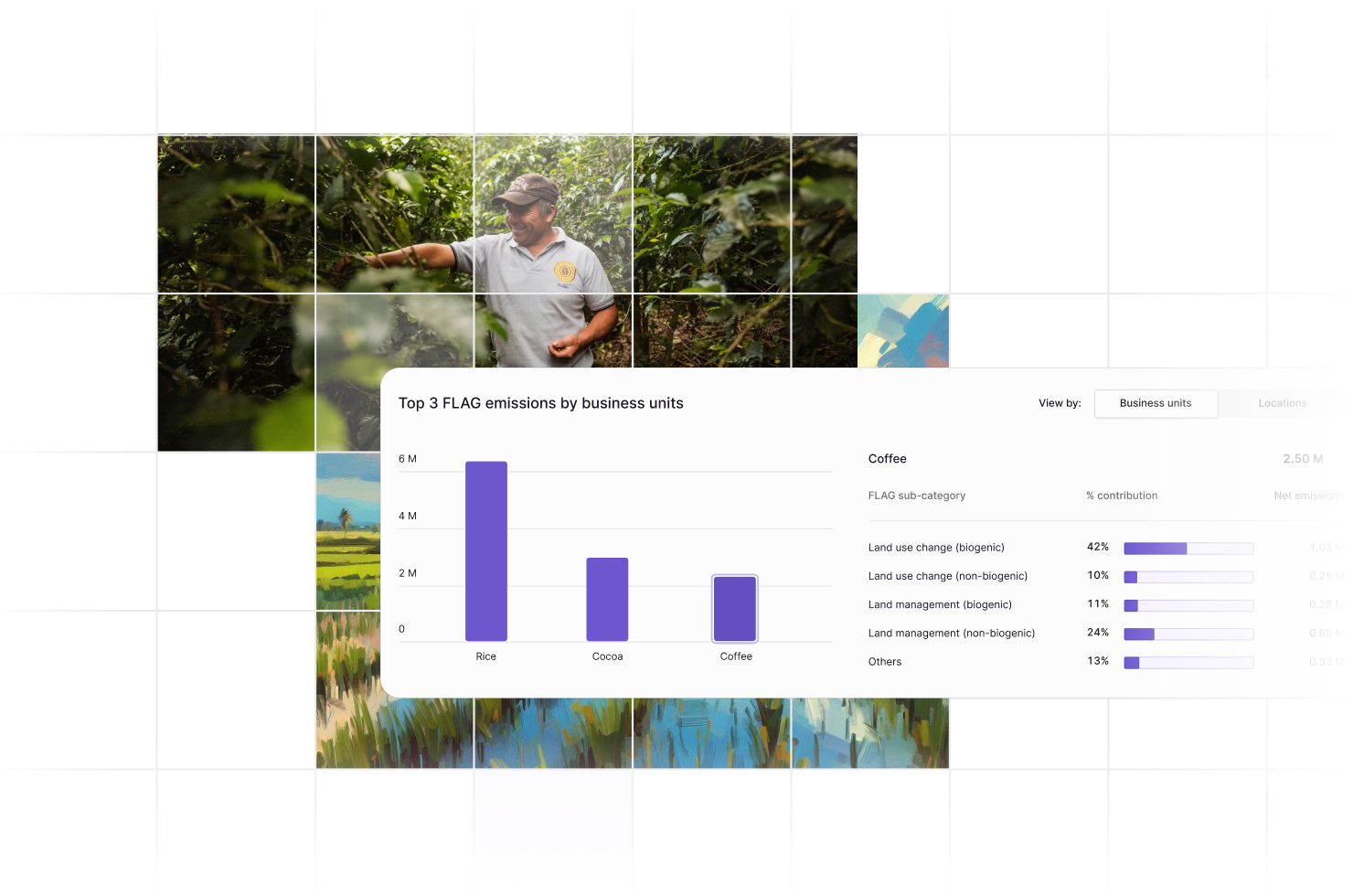
/homepage/webp/homepage-splash-mobile-compress.webp)
TRUSTED BY GLOBAL COMPANIES
.png)
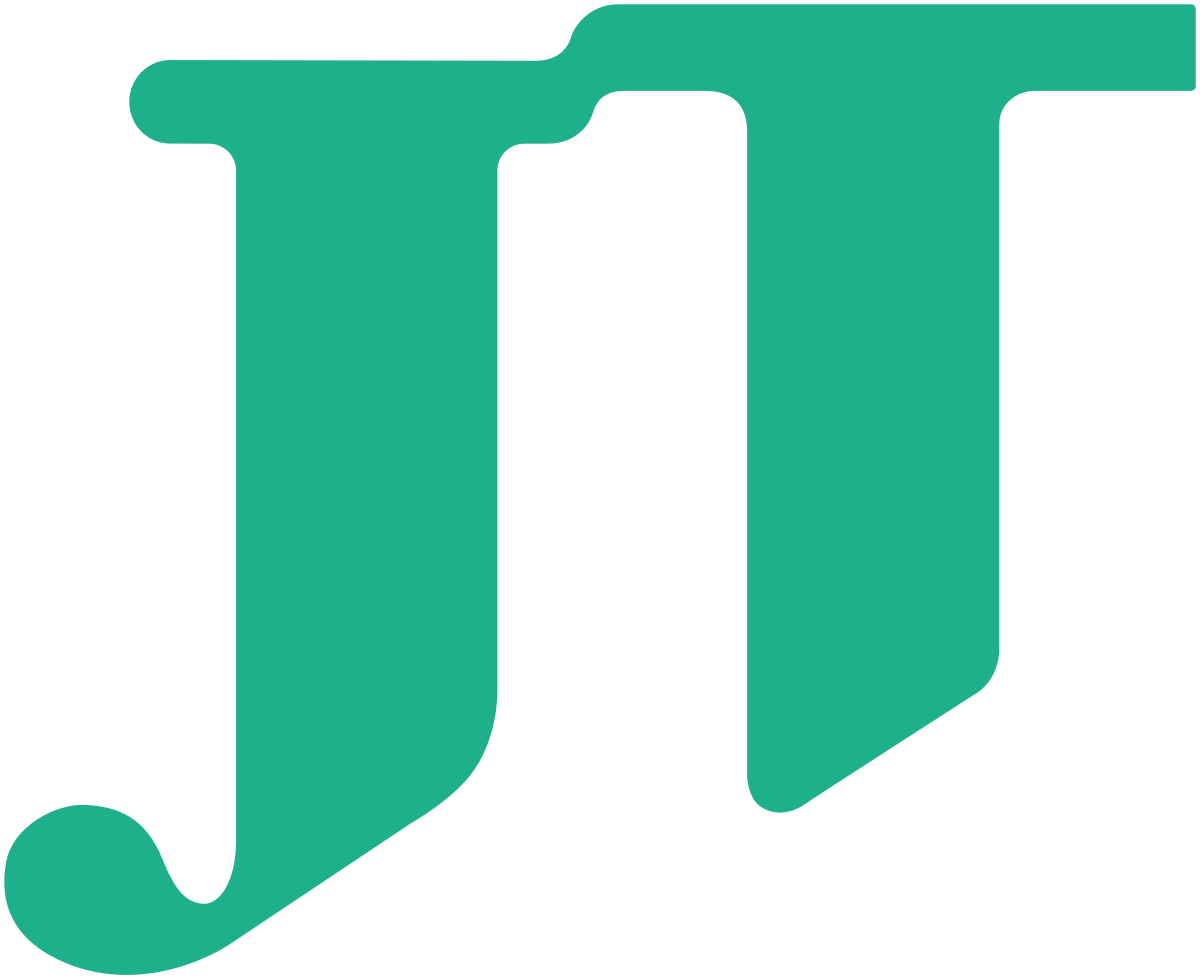
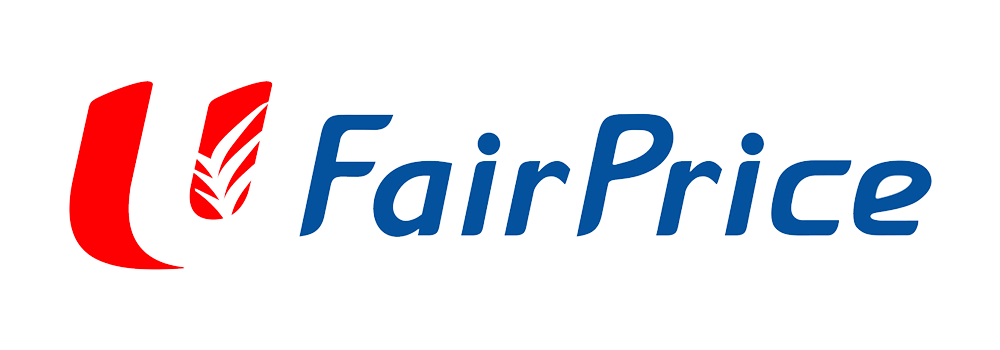
_logo.svg-1.png)



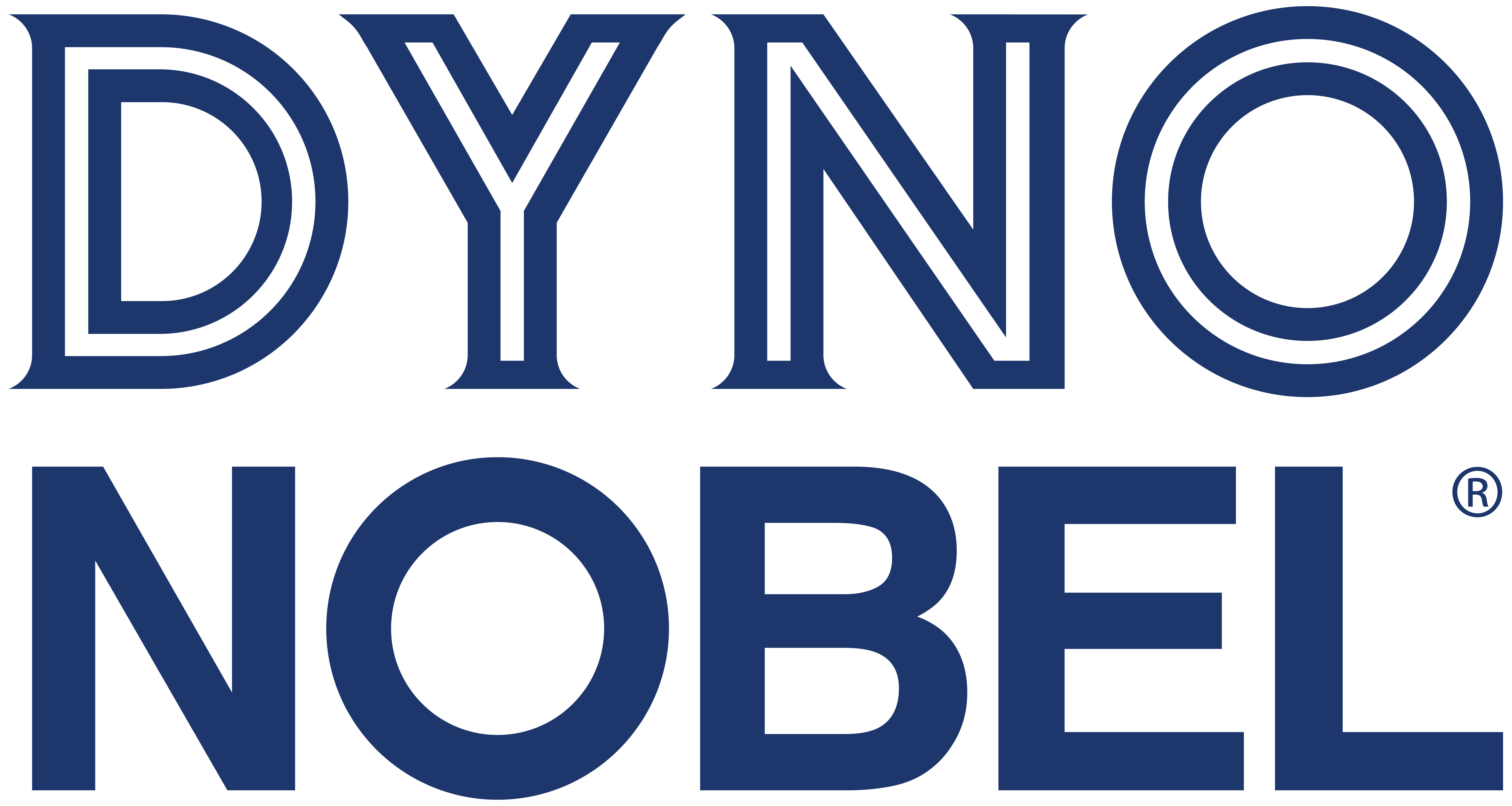
.png)

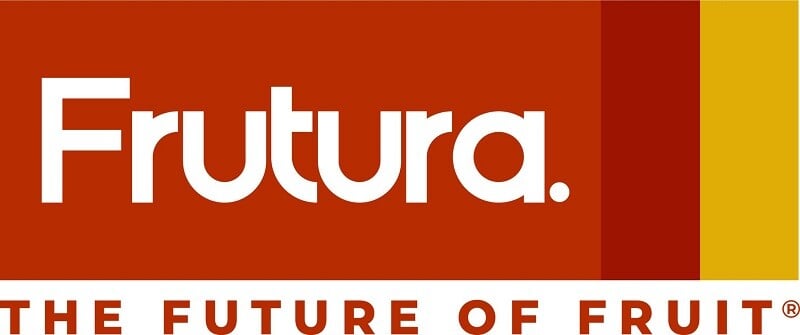
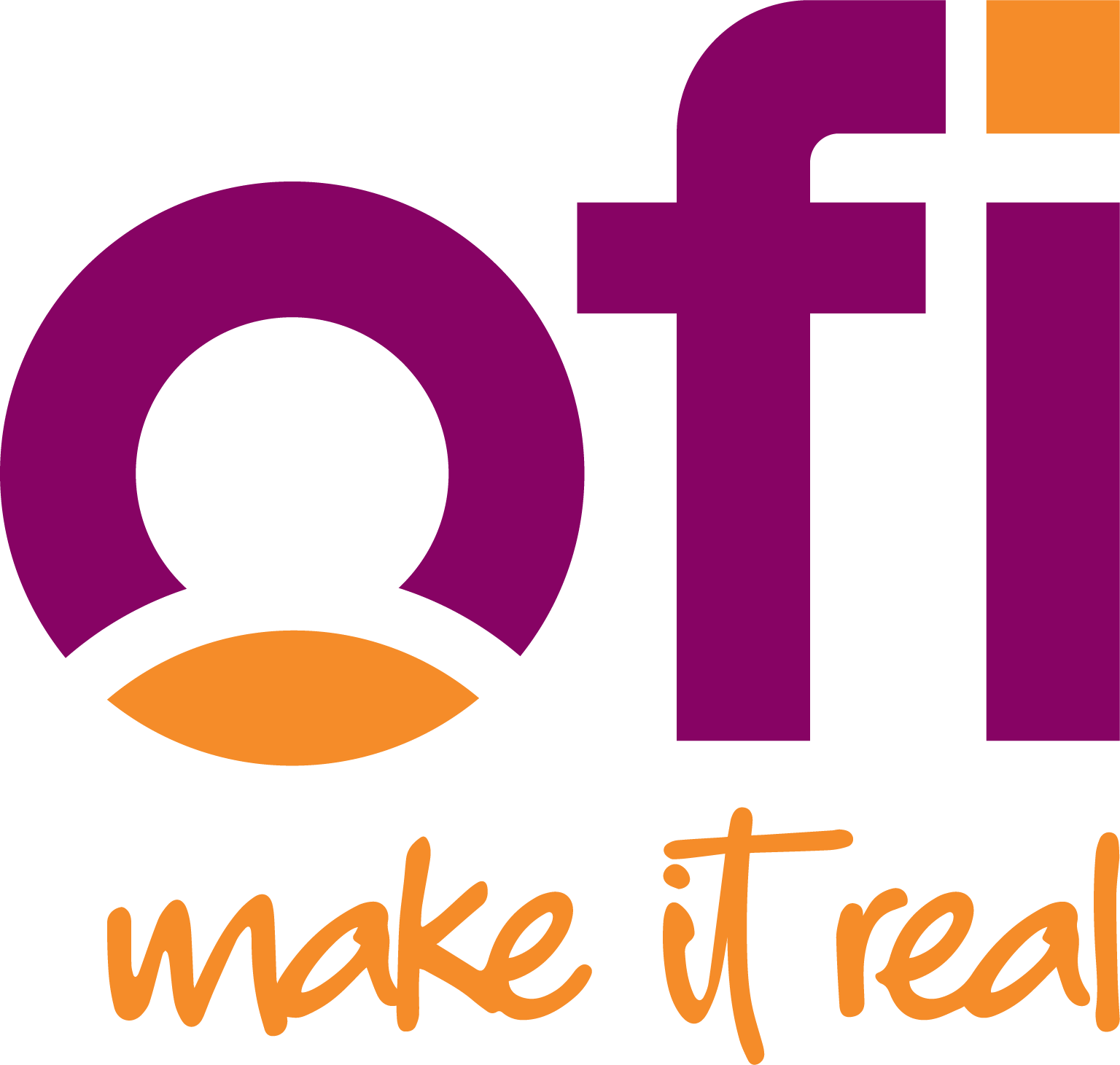


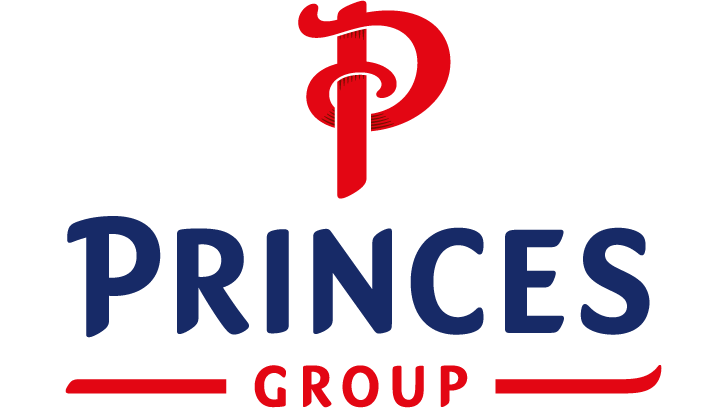


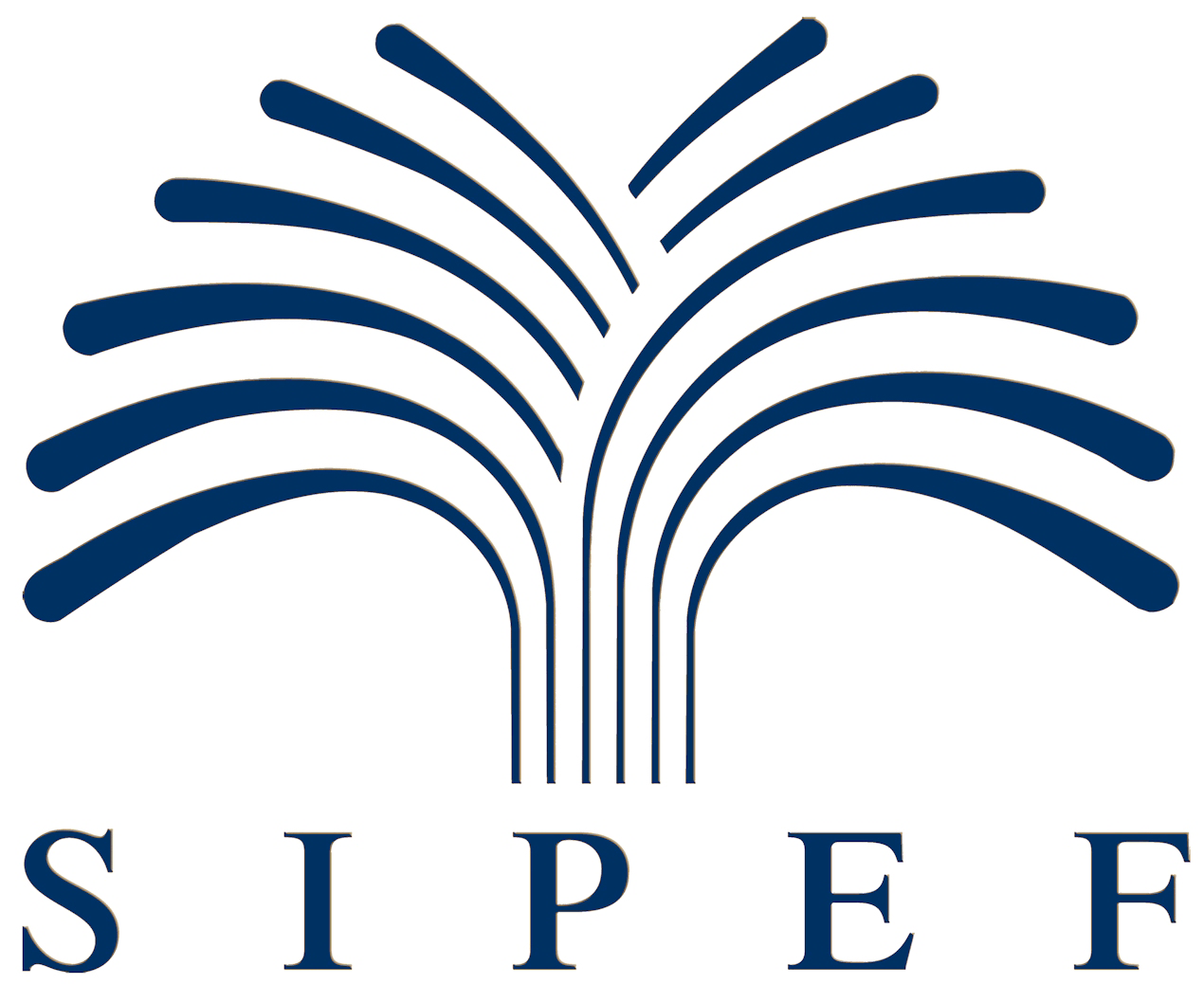
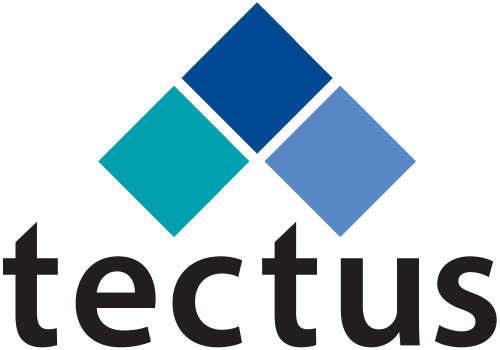
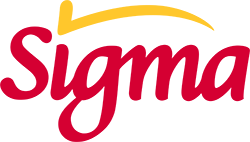
.png)
.png)


_logo.svg-1.png)




.png)











.png)
.png)


_logo.svg-1.png)




.png)











.png)
Determine FLAG Eligibility
Review your industry, operational, and value chain model to determine FLAG exposure, the need for SBTi FLAG targets, and then align to the appropriate reporting pathway.

Measure FLAG Emissions
Calculate Land Use Change and Land Management emissions from activities such as fertiliser application, farm activities, livestock rearing and more.

Streamline FLAG & SBTi Submission
Swiftly prepare for FLAG reporting and Science Based Targets initiative (SBTi) validation, ensuring efficient and accurate compliant submissions.

Speed Up Assurance & Validation
Enhance transparency in FLAG methodologies with an audit-ready trail of FLAG calculation data, simplifying validation by the SBTi and other regulatory bodies.

Complimentary 1-on-1 SBTi FLAG Workshop
The world’s largest Agri-Food companies trust Terrascope to manage their company and product level emissions
“We brought Terrascope in and that actually allowed us to have an extremely granular, very high fidelity understanding of our entire Scope 3 carbon footprint. That was a huge step forward for us.”
Jennifer Hebets
Penior Director (Sustainable Sourcing), Kellanova

“Terrascope helped us categorise and measure emissions for over 130K line items in two weeks, expediting our time to act on a robust emissions reduction plan while helping us build transparency and visibility towards future reporting.”
David McDiarmid
Corporate Relations Director, Princes Group
